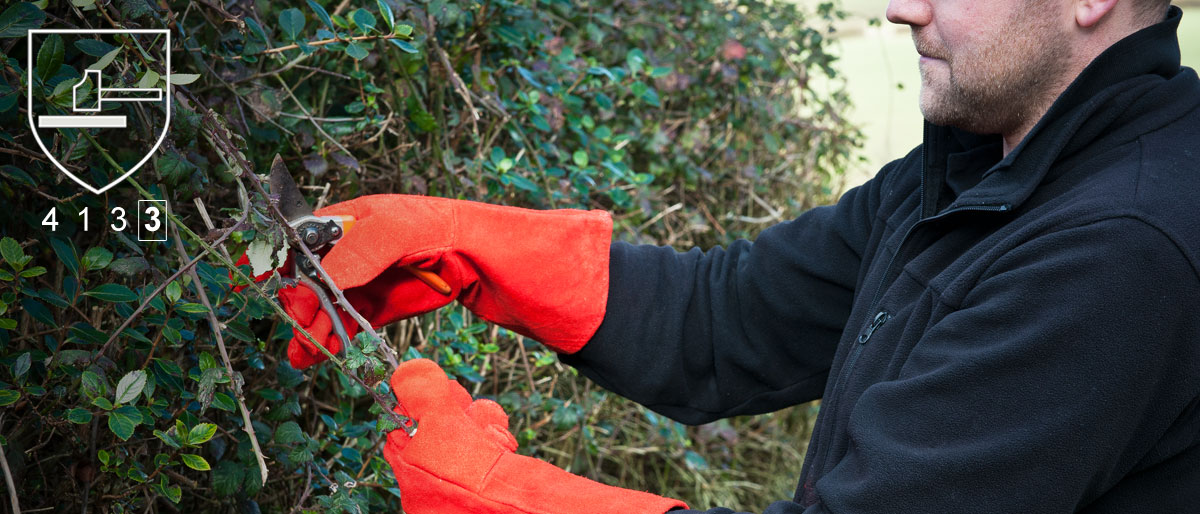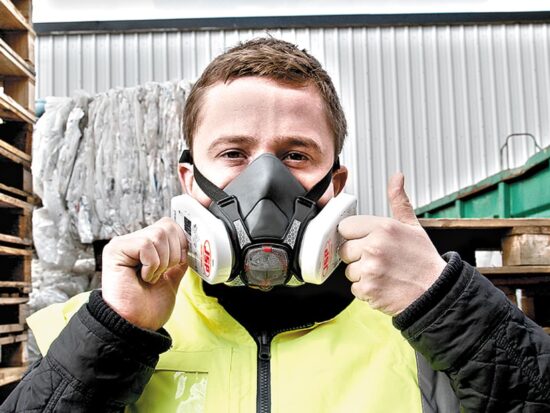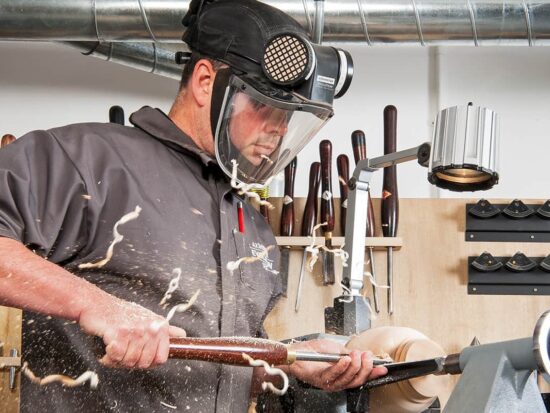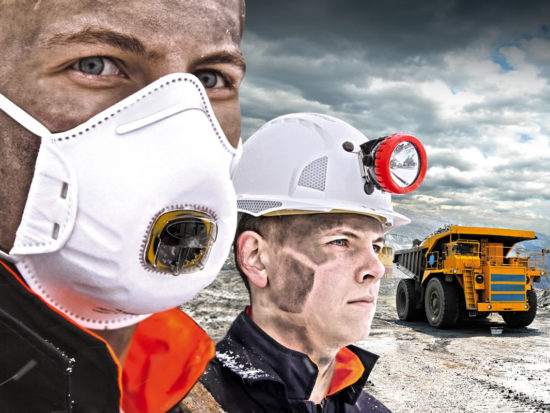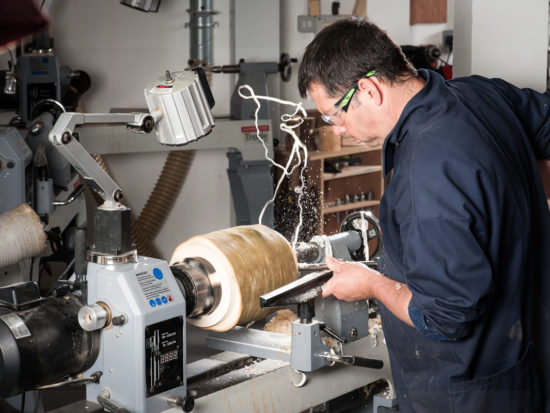Hand Protection Guide
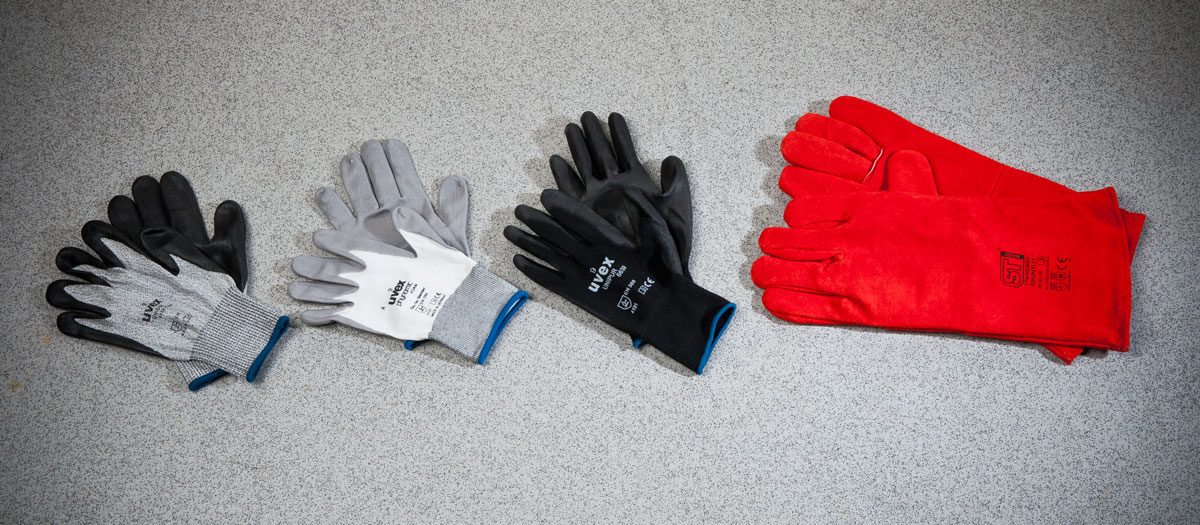
Introduction
Hand injuries are one of the most common injuries at work and with millions of sensory receptors in the hand, they can also be some of the most painful. But help is at hand, advances in glove technology mean your hands are now better protected than ever. View our entire glove range
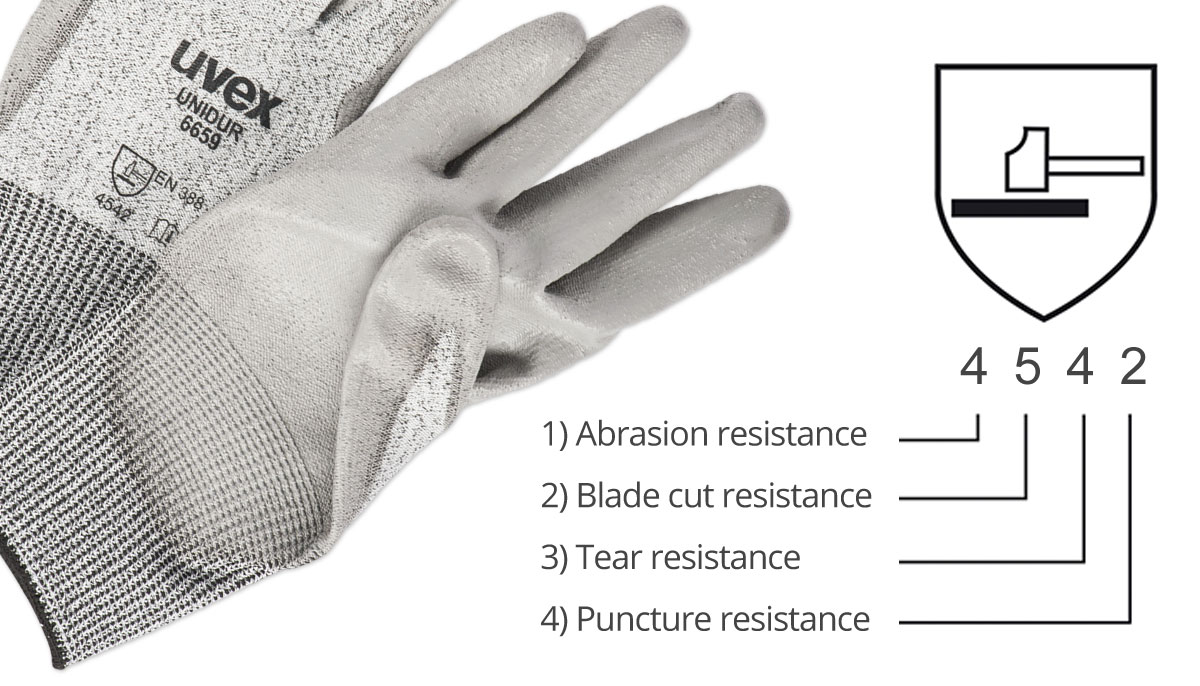
What do you need to look for?
Gloves that conform to the European Standard EN388 are rated on the protection they provided against mechanical risks. Look for the hammer symbol and the corresponding numbers underneath. Gloves are rated on a scale of 1 to 4 (5 for blade cut resistance) and the higher the number the more protective the glove.
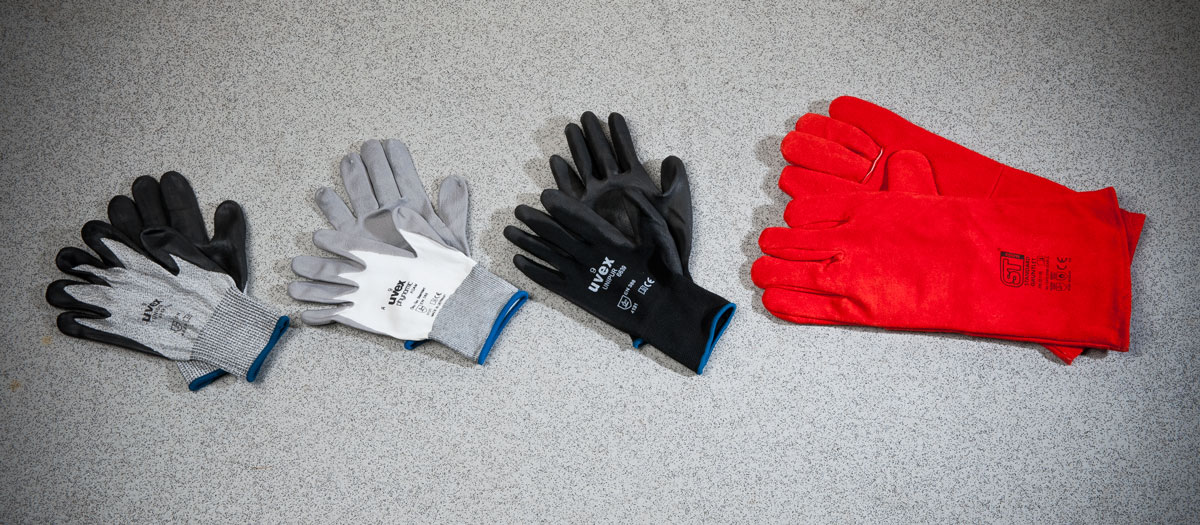
1) Abrasion resistance
If you have plenty of material to move, causing lots of wear on the hands, the first number in the sequence will tell you how resistant to abrasion the gloves are. With the highest rating of 4, these work and nitrotouch gloves are specially designed to be roughed up.
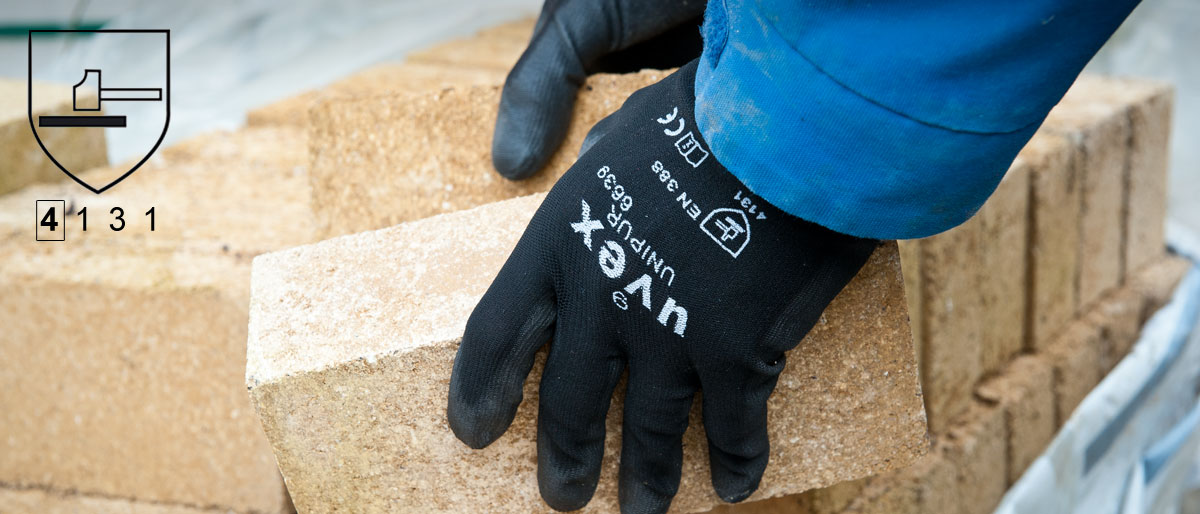
2) Blade cut resistance
If you’re coming into contact with sharp objects look for a higher blade cut resistance like these uvex unipur 6639 work gloves.
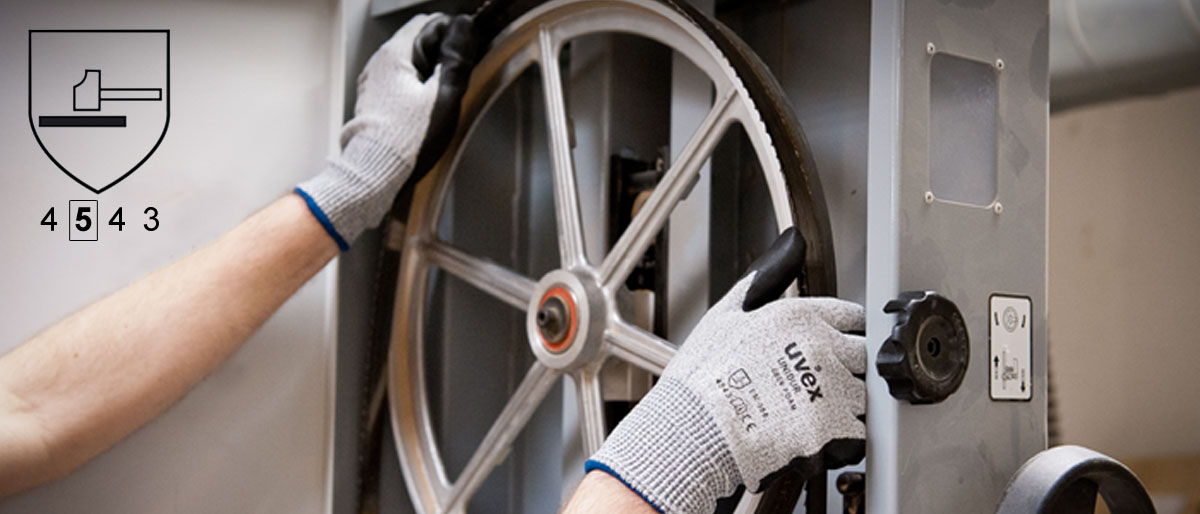
3) Tear resistance
How often have you had a pair of surgical gloves that have split? uvex’s phynomic gloves offer good tear protection with the dexterity for precision work.
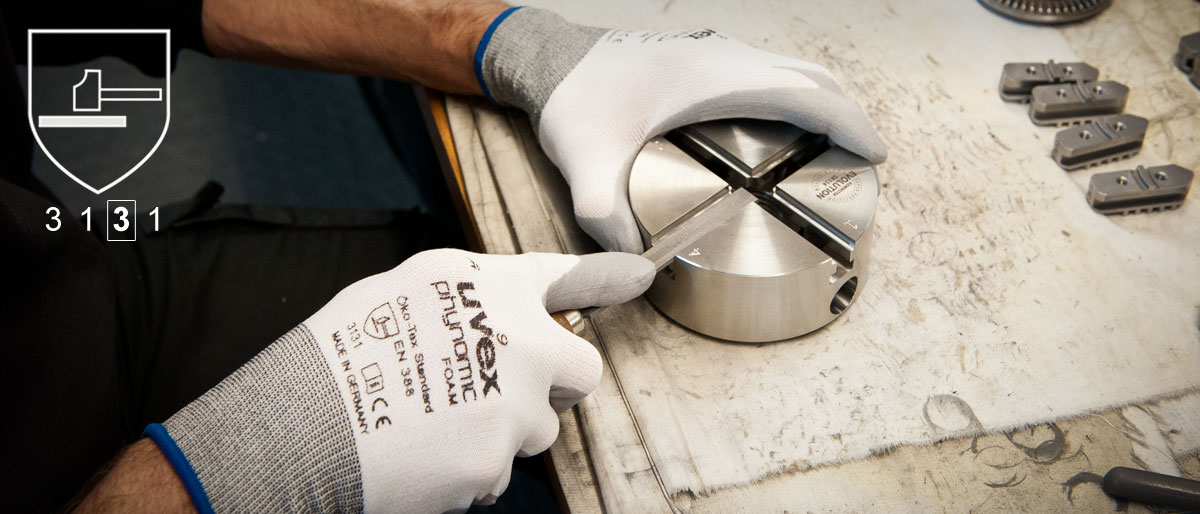
4) Puncture resistance
The last number in the sequence relates to the puncture resistance. Gloves with a higher rating tend to be thicker and these nitrile work gloves or leather gauntlet gloves are ideal for working with spiky materials.
